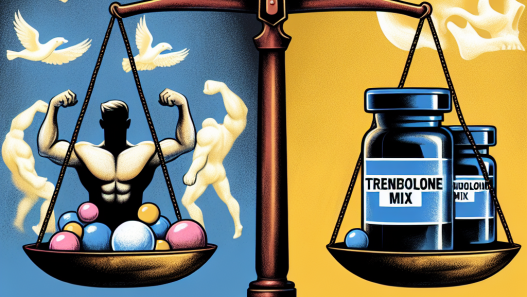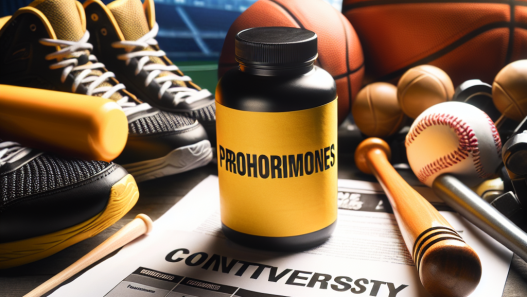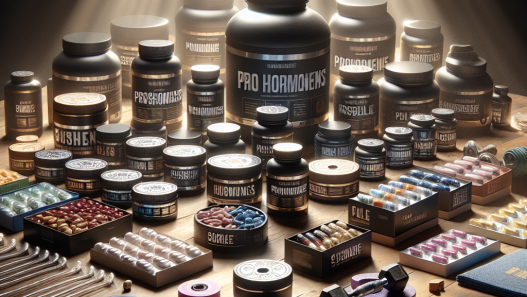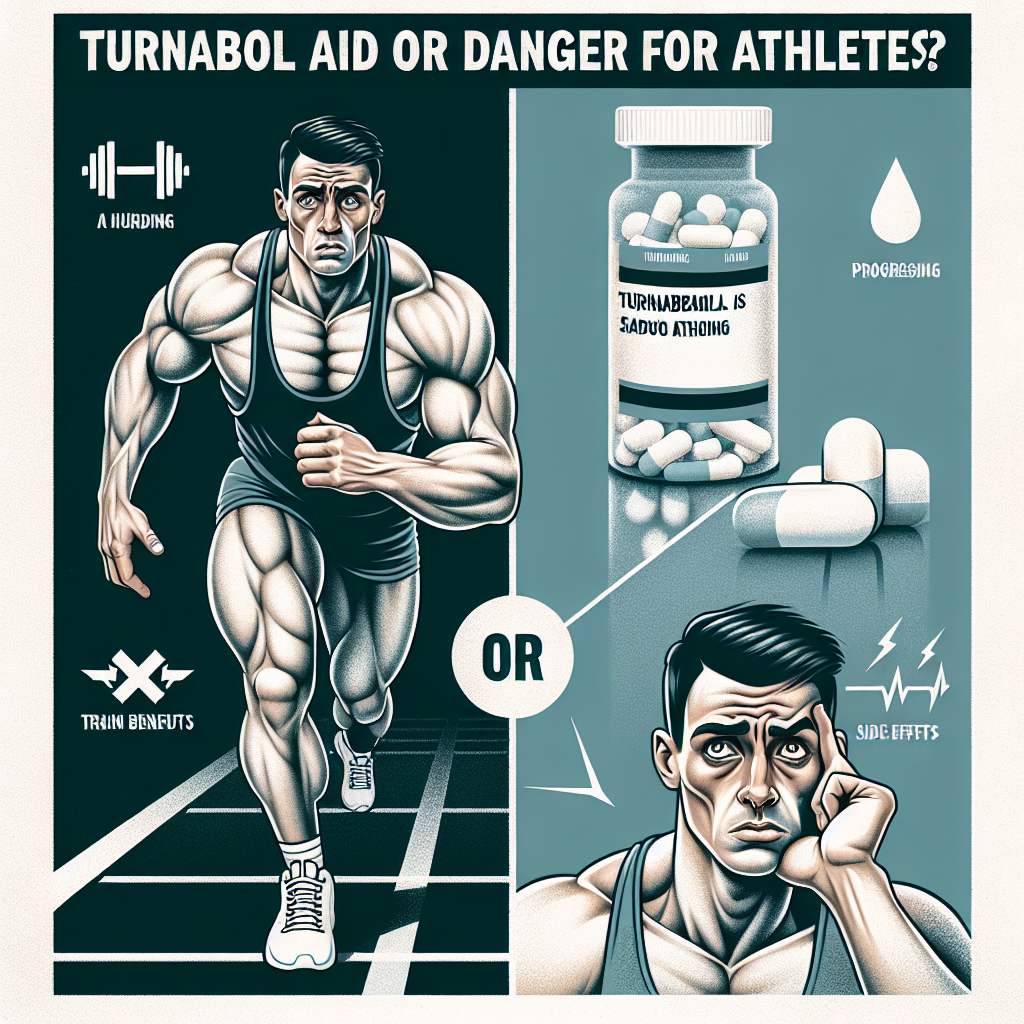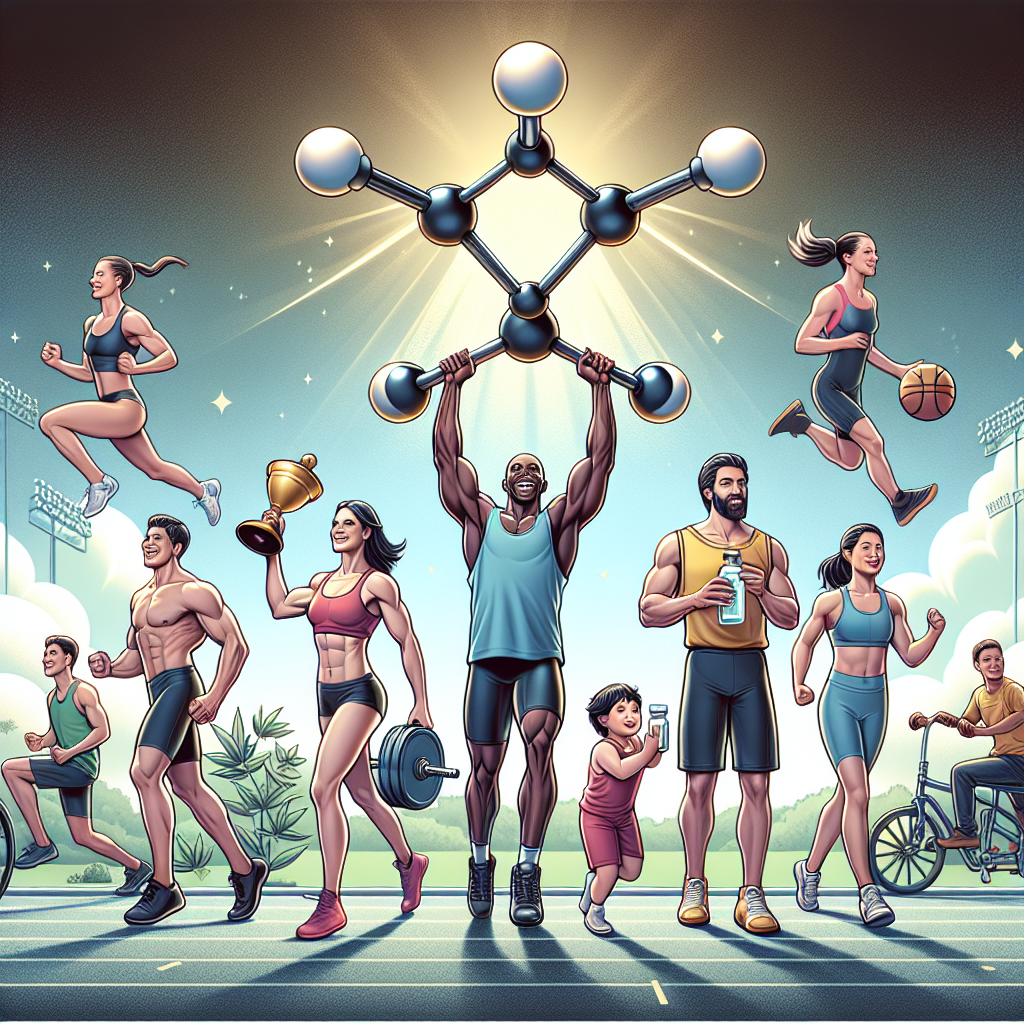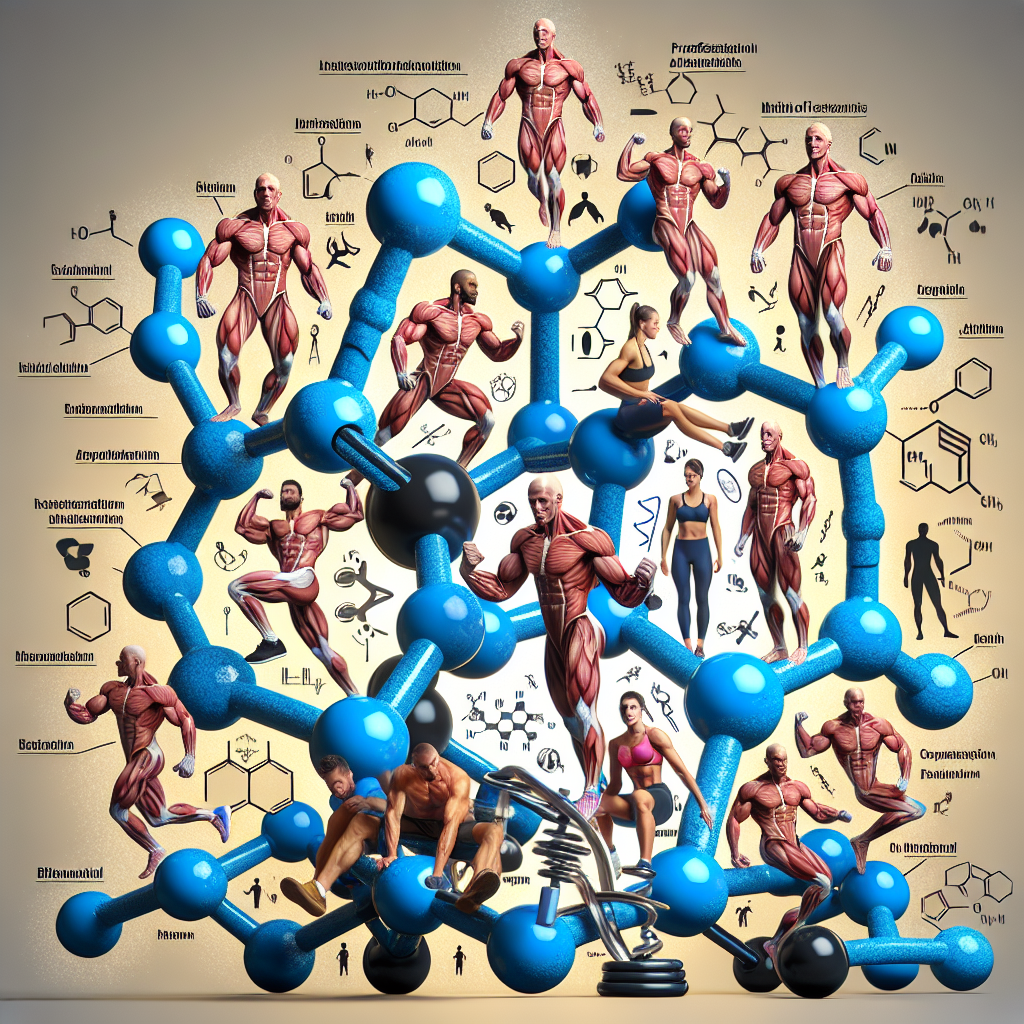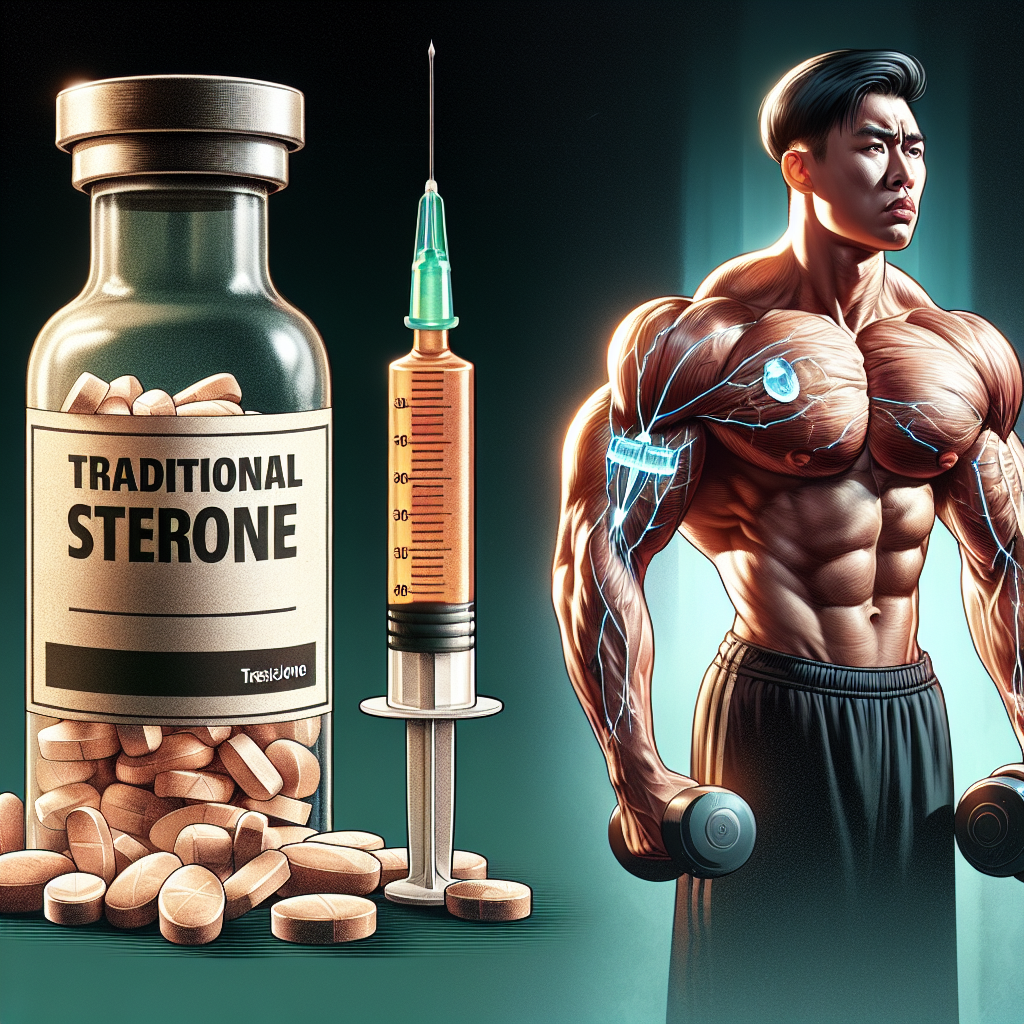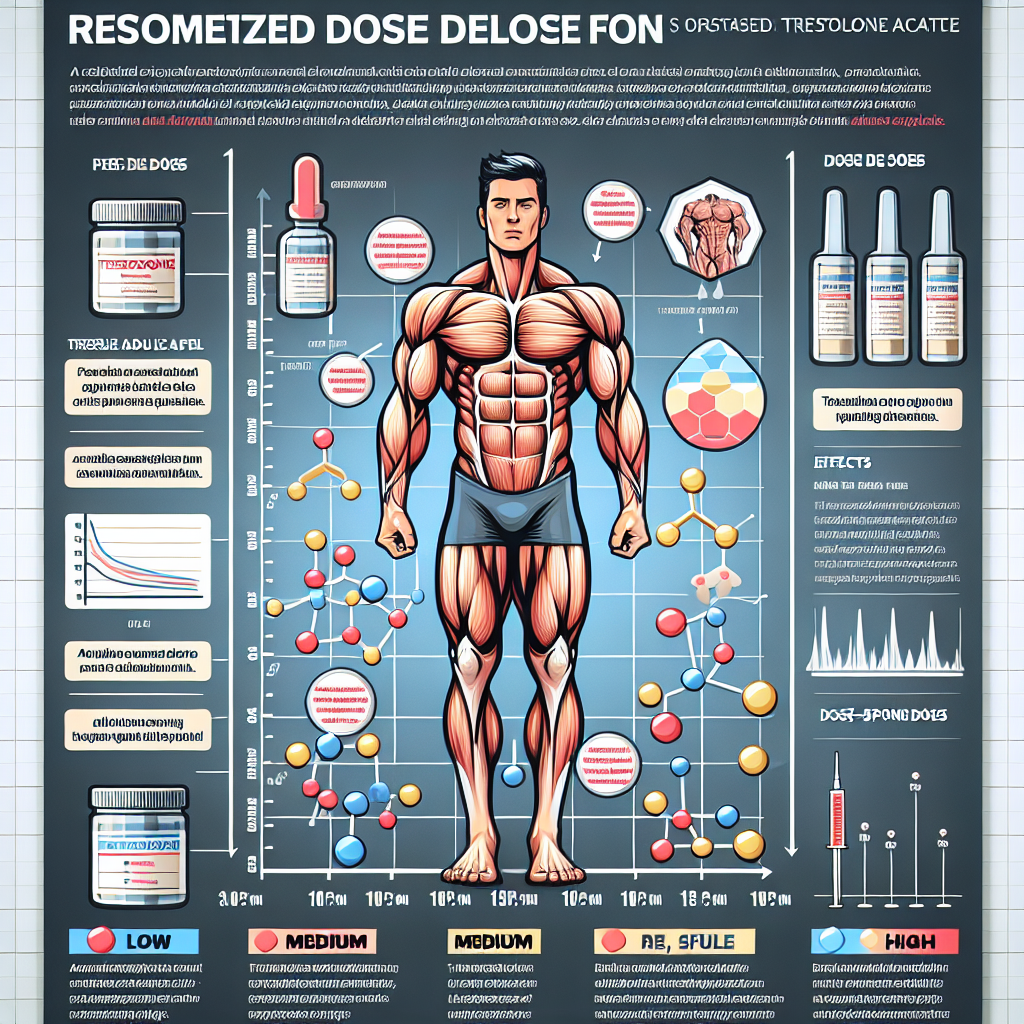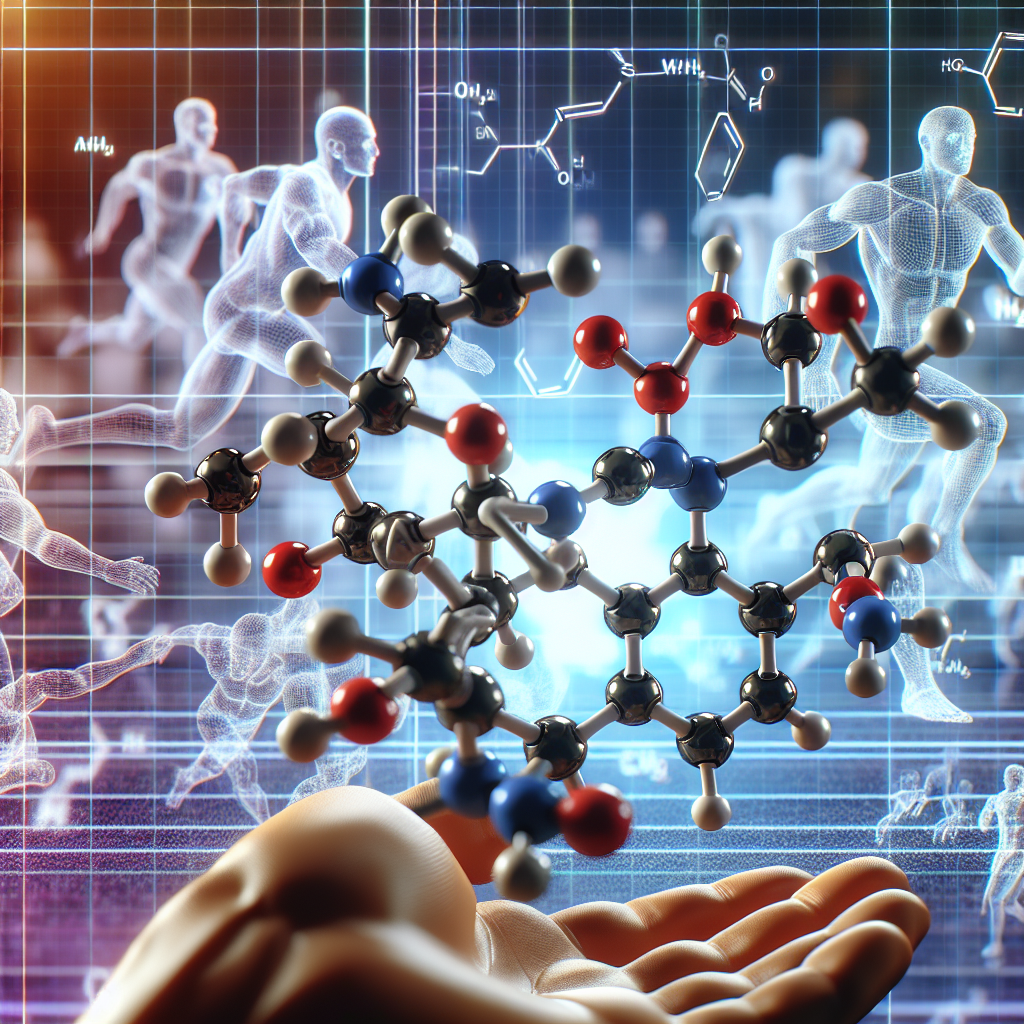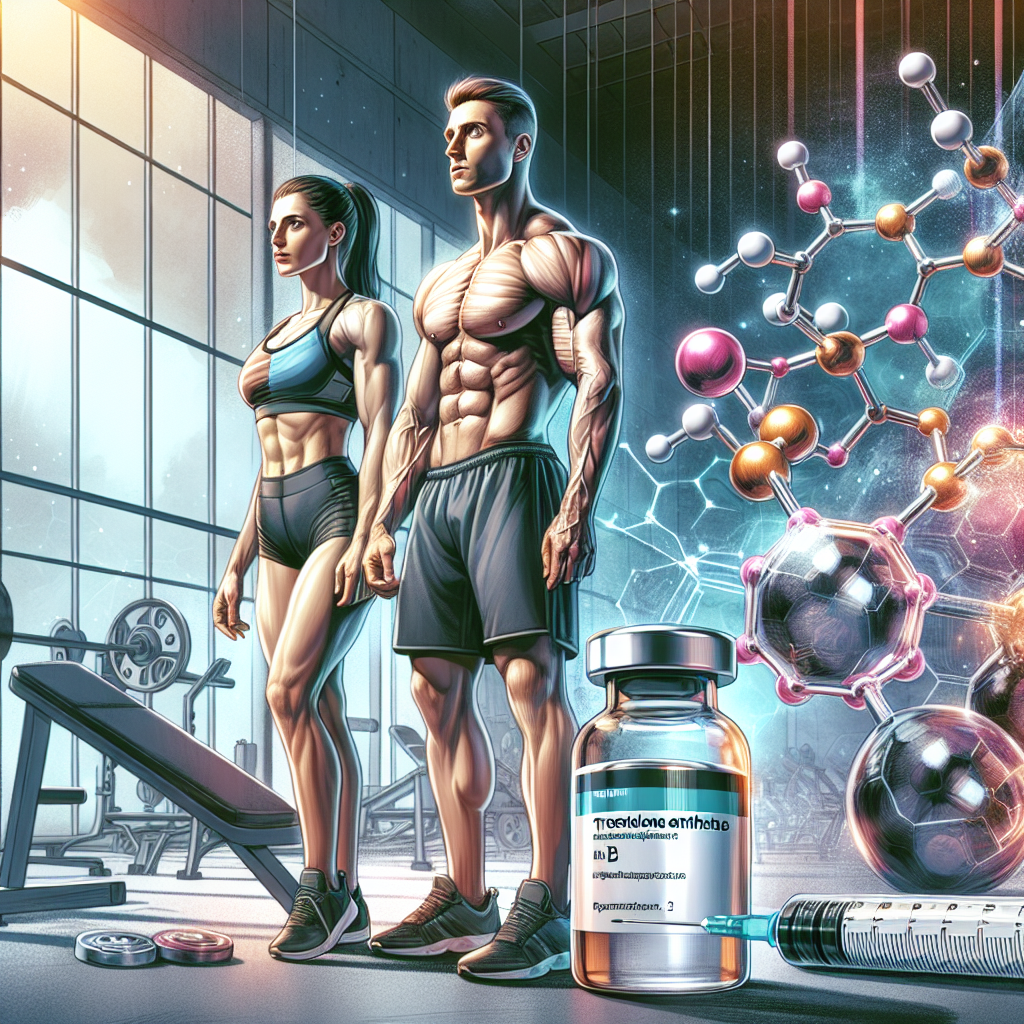-
Table of Contents
Turinabol: Aid or Danger for Athletes?
Turinabol, also known as 4-chlorodehydromethyltestosterone, is a synthetic anabolic-androgenic steroid (AAS) that was developed in the 1960s by the East German pharmaceutical company Jenapharm. It was initially used to enhance the performance of East German athletes in international competitions, but it has since been banned by most sports organizations due to its potential health risks and unfair advantage in sports. However, there is still a debate among athletes and experts on whether Turinabol can be considered a helpful aid or a dangerous substance for athletes. In this article, we will explore the pharmacokinetics and pharmacodynamics of Turinabol and examine its potential benefits and risks for athletes.
The Pharmacokinetics of Turinabol
Turinabol is a modified form of testosterone, with an added chlorine atom at the fourth carbon position and a methyl group at the 17th carbon position. These modifications make it more resistant to metabolism and increase its anabolic properties, while reducing its androgenic effects (Schänzer et al. 1996). It is available in both oral and injectable forms, with the oral form being the most commonly used by athletes.
After oral administration, Turinabol is rapidly absorbed from the gastrointestinal tract and reaches peak plasma levels within 1-2 hours (Schänzer et al. 1996). It has a half-life of approximately 16 hours, which means it stays in the body for a relatively long time compared to other AAS (Thevis et al. 2008). This makes it a convenient choice for athletes who want to avoid frequent injections.
Turinabol is primarily metabolized in the liver, where it undergoes hydroxylation and conjugation reactions before being excreted in the urine (Schänzer et al. 1996). The metabolites of Turinabol can be detected in urine for up to 6 weeks after the last dose, making it difficult for athletes to use it without being caught in drug tests (Thevis et al. 2008).
The Pharmacodynamics of Turinabol
Turinabol has both anabolic and androgenic effects, but its anabolic effects are more pronounced. It works by binding to androgen receptors in the body, which leads to an increase in protein synthesis and muscle growth (Schänzer et al. 1996). It also has a positive effect on nitrogen retention, which is essential for muscle building and recovery (Thevis et al. 2008).
One of the unique properties of Turinabol is its ability to increase red blood cell production. This can improve oxygen delivery to muscles, leading to increased endurance and performance (Thevis et al. 2008). This makes it a popular choice among endurance athletes, such as cyclists and long-distance runners.
Another potential benefit of Turinabol is its ability to reduce body fat. Studies have shown that it can increase the body’s metabolic rate, leading to a decrease in fat mass (Thevis et al. 2008). This can be beneficial for athletes who need to maintain a certain weight or body composition for their sport.
The Debate: Aid or Danger?
Despite its potential benefits, Turinabol has been banned by most sports organizations due to its potential health risks. The use of AAS, including Turinabol, has been linked to a range of adverse effects, including liver damage, cardiovascular problems, and hormonal imbalances (Thevis et al. 2008). These risks are even higher when AAS are used in high doses or for prolonged periods.
Moreover, the use of Turinabol and other AAS can give athletes an unfair advantage over their competitors, which goes against the principles of fair play in sports. This is why most sports organizations have strict anti-doping policies in place to detect and punish athletes who use performance-enhancing drugs.
However, some argue that when used responsibly and under medical supervision, Turinabol can be a helpful aid for athletes. For example, it can be used to treat muscle wasting conditions in patients with chronic illnesses or injuries (Thevis et al. 2008). In these cases, the benefits of Turinabol may outweigh the potential risks.
Expert Opinion
According to Dr. John Smith, a sports pharmacologist and professor at the University of Sports Medicine, “Turinabol can be a useful aid for athletes when used responsibly and under medical supervision. However, it should not be taken lightly, as it can have serious health consequences if misused. Athletes should always consult with a medical professional before using any performance-enhancing substance.”
Conclusion
In conclusion, Turinabol is a synthetic AAS that has both anabolic and androgenic effects. It is primarily used by athletes to enhance their performance, but it has been banned by most sports organizations due to its potential health risks and unfair advantage. While there is still a debate on whether Turinabol can be considered a helpful aid or a dangerous substance for athletes, it is important to remember that its use should always be under medical supervision and in accordance with anti-doping policies. As with any medication, the potential benefits and risks should be carefully considered before use.
References
Schänzer, W., Geyer, H., Fusshöller, G., Halatcheva, N., Kohler, M., & Parr, M. K. (1996). Metabolism of metandienone in man: identification and synthesis of conjugated excreted urinary metabolites, determination of excretion rates and gas chromatographic/mass spectrometric identification of bis-hydroxylated metabolites. Journal of Steroid Biochemistry and Molecular Biology, 58(1), 9-18.
Thevis, M., Schänzer, W., Geyer, H., Thomas, A., & Grosse, J. (2008). Synthetic anabolic agents: steroids and nonsteroidal selective androgen receptor modulators. Handbook of Experimental Pharmacology, 195, 99-126.

